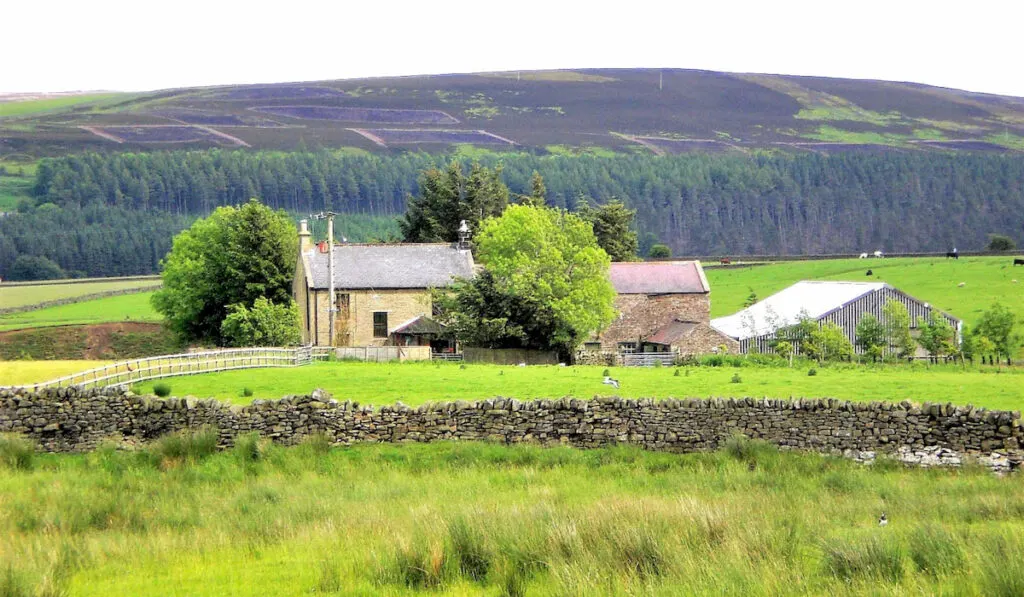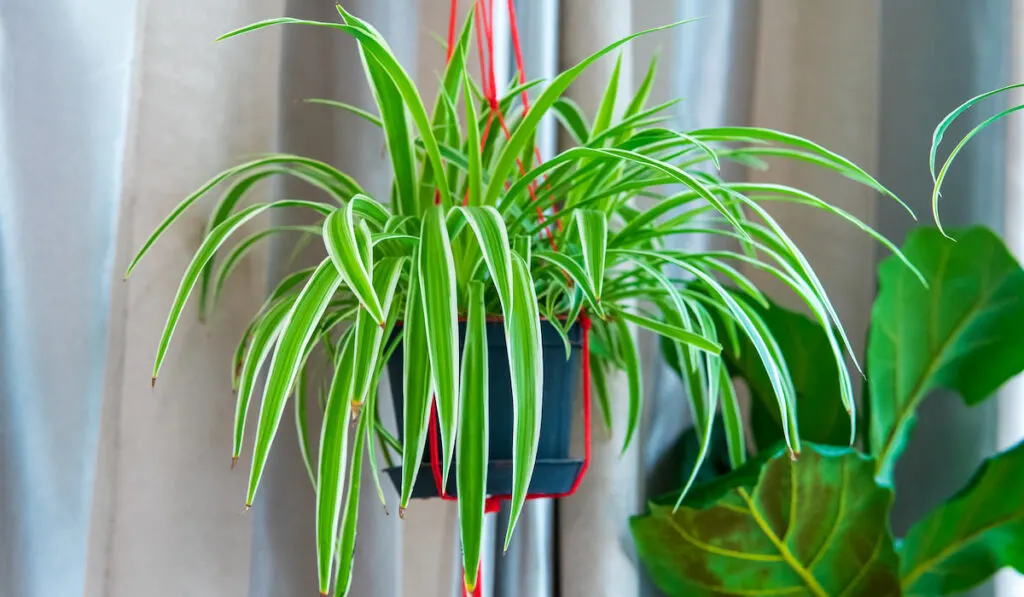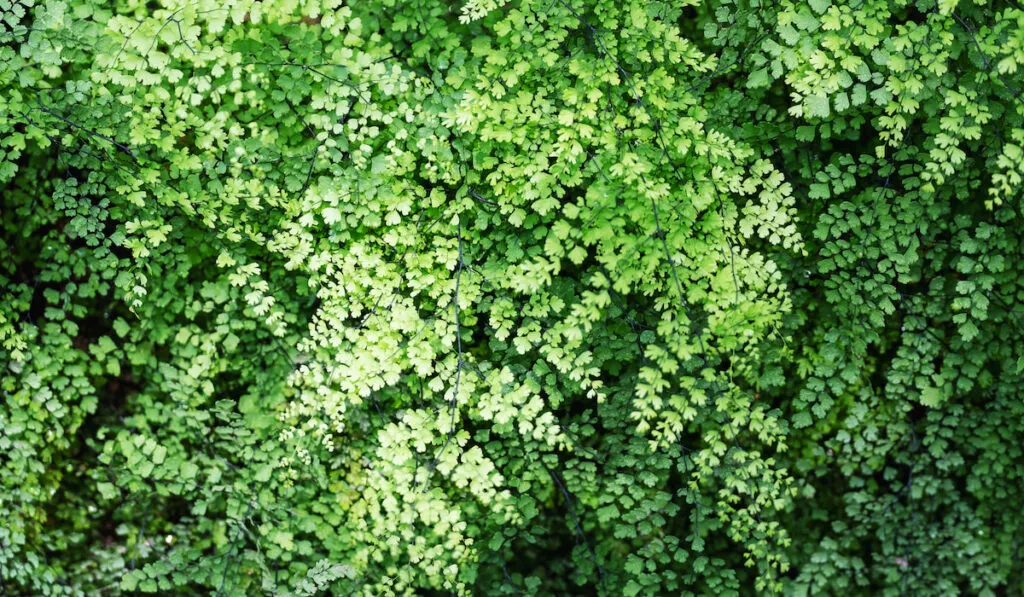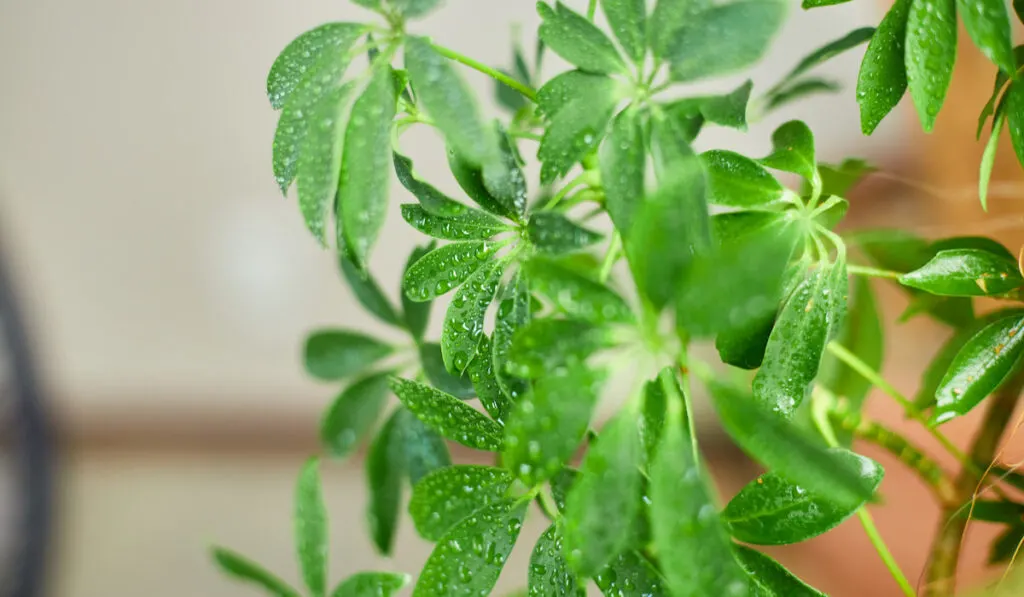Your farm and the outdoor parts of your farmhouse are not the only places that deserve some green. You could benefit from some beautiful greens inside your farmhouse too.

Indoor plants can add some color and dimension to the interior design of your farmhouse.
Most times, the type of home décor you have will not matter. Indoor greens usually harmonize with most types of décor.
When trying to get an indoor plant for your farmhouse, you have many options to choose from. But we wouldn’t let you choose just any plant.
So we came up with a list of some of the most beautiful indoor farmhouse plants.
Table of Contents
1. Lavender
Lavender is not commonly an indoor plant, but if you get the right variety and take care of it properly, it can thrive indoors.
Lavender plants grow beautiful purple flowers alongside their silvery green leaves.
Under the right conditions, you may even get that characteristic fragrance of lavender.
Maintenance
To get the ideal color, growth, fragrance, and beautiful blooms, you need to expose your indoor lavender to sufficient sunlight.
Place the plant in your windows that face the south. You may also expose it to fluorescent lights to supplement the light it receives.
Ensure the lavender plant gets enough heat and is grown in lean soil.
Do not use soil that is too fertile, or you may not get the lavender fragrance.
When winter comes, you should water the plant only when the soil gets dry.
You may also want to prioritize getting a porous clay pot. With such pots, moisture is not held in, and the roots are unlikely to rot.
2. Spider Plant

The spider plant is a common hanging plant. It has a trailing form, with either solid green leaves, or green leaves with white stripes running through the middle.
Older spider plants may also have small white flowers.
Maintenance
If you want an indoor plant you can care for easily, then a spider plant is an option you should consider.
They thrive in well-drained soil, and you should let the soil dry a bit between waterings.
Spider plants need indirect bright light to grow, and they prefer cooler locations.
3. Maidenhair Fern

The leaves of the maidenhair fern are light-green and feathery, and the stems are soft and shiny.
The combination of these features gives the plant a fragile appearance.
It turns out they may actually be fragile and can be a challenge to maintain. But with the right steps, taking care of your Maidenhair Fern should not be a problem.
Maintenance
Maidenhair ferns need a moderate amount of light. If the plant does not get enough sunlight, it will lose leaves and wilt.
Maidenhair ferns thrive in indirect sunlight and prefer slightly humid and warm places.
You can also create a humid atmosphere around the maidenhair fern artificially.
To do this, place a saucer beneath the plant’s pot, then add some pebbles to it. Then add water until it almost reaches the top of the pebbles.
This setup ensures that as water evaporates from the saucer, the humidity reaches the plant above.
4. Umbrella Plant

The umbrella plant is indigenous to tropical rainforests of Java, New Guinea, and Queensland.
This plant is non-flowering, and it grows very fast, with its maximum height standing at around six feet.
You have to be cautious with this plant, however. The umbrella plant is a bit toxic, so keep children and pets away from it.
Maintenance
The umbrella plant thrives in bright indirect light.
Unlike many other plants on this list, this plant prefers moist soil. So, you may have to water it a bit more than the rest.
Between waterings, allow the top layer of the soil to dry before watering again.
If you want, you may fertilize your umbrella plant. But there should be no problem if you don’t.
A little fertilizer every two to three weeks should be enough.
5. Aloe Vera

Another option you have is the aloe vera plant. This succulent plant is native to the Arabian pennisula.
Aloe is not only beautiful, but the gel it produces is medicinal. So if you like, you can apply the gel to the skin to heal burns and clear acne.
You may also apply aloe gel to moisturize and soothe dry skin. But you should avoid swallowing it.
Maintenance
Aloe vera is a succulent plant. You should allow the soil to dry from the previous watering before watering again.
Aloe vera should be planted in well-drained soil. To effect proper drainage, drill a hole at the bottom of the pot.
You may then place the pot on a saucer or raise it above the saucer with some pebbles. Aloe vera plants will do well in indirect bright light.
6. Snake Plant
The snake plant is also called St. George’s sword, or mother-in-law’s tongue (well, maybe you shouldn’t call it by this name when your mother-in-law is nearby).
This plant does flower, and it is indigenous to tropical West Africa.
Besides beautifying your farmhouse, the snake plant can help with air purification as it produces oxygen all day and night.
This feature makes it unique since most plants give off carbon dioxide at night.
Maintenance
Snake plants grow quite fast. While watering a snake plant, avoid getting the leaves wet.
Before watering, let the soil dry from the previous watering.
Snake plants would thrive when exposed to indirect sunlight.
You can place it in a brightly lit room, away from the window.
7. Fiddle-Leaf Fig

The fiddle-leaf fig is a plant indigenous to the tropical forests of South Africa.
It is a flowering plant, and it can grow as tall as 40-50 feet under the most favorable outdoor conditions.
But you should not have to worry about it growing that tall inside your farmhouse, especially if it’s cool and dry.
Maintenance
Fiddle-leaf figs should be planted in a well-drained potting soil mix inside a relatively small pot.
Do not water them too much or too little. Just do enough to sustain them.
You can water them once every one to two weeks, depending on the humidity and temperature inside your home.
At higher temperatures or low humidity levels, the plant will need more water.
A fiddle-leaf fig plant will do well when it gets indirect but bright light.
You should dust it regularly to ensure the maximum amount of light reaches the leaf cells.
Resources
- https://followtheyellowbrickhome.com/gorgeous-indoor-plants-for-farmhouse-french-country-and-cottage-style-homes/
- https://willowbloomhomeblog.com/6-indoor-plants-perfect-for-farmhouse-decor/
- https://www.hgtv.com/outdoors/flowers-and-plants/herbs/growing-lavender-indoors
- https://www.bhg.com.au/indoor-plants-best-house-plants
- https://www.gardenerreport.com/why-does-my-lavender-not-smell/
